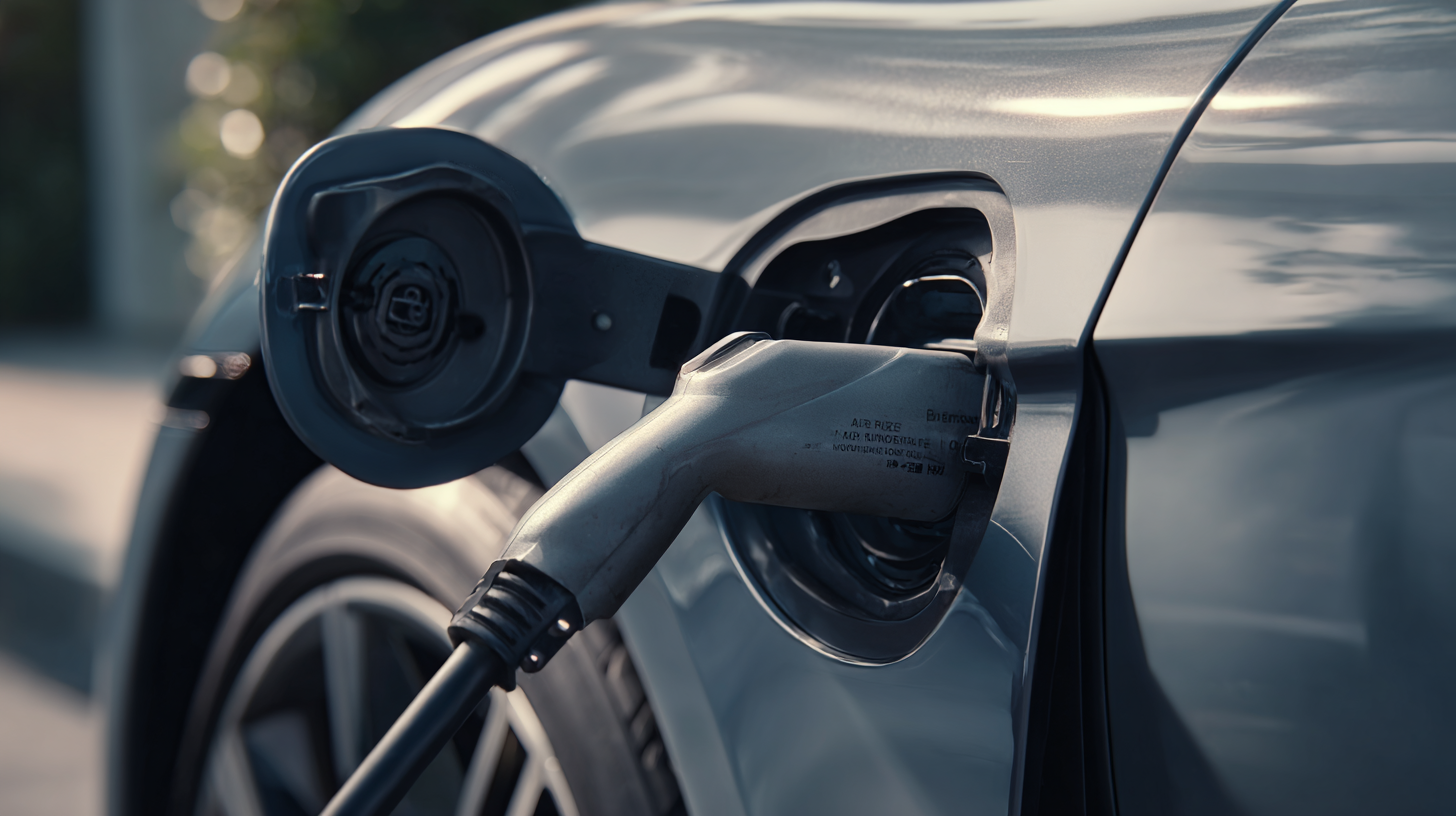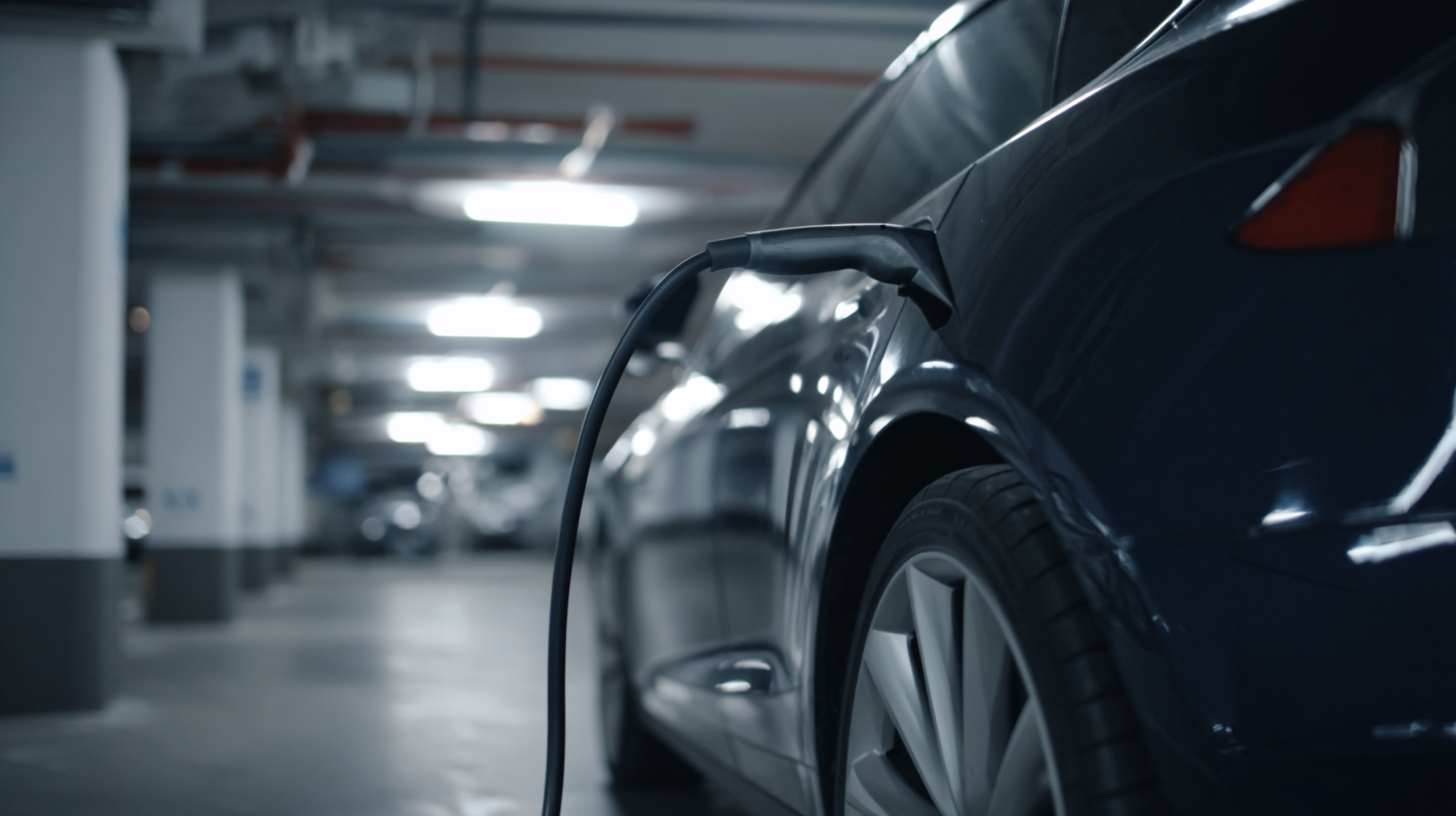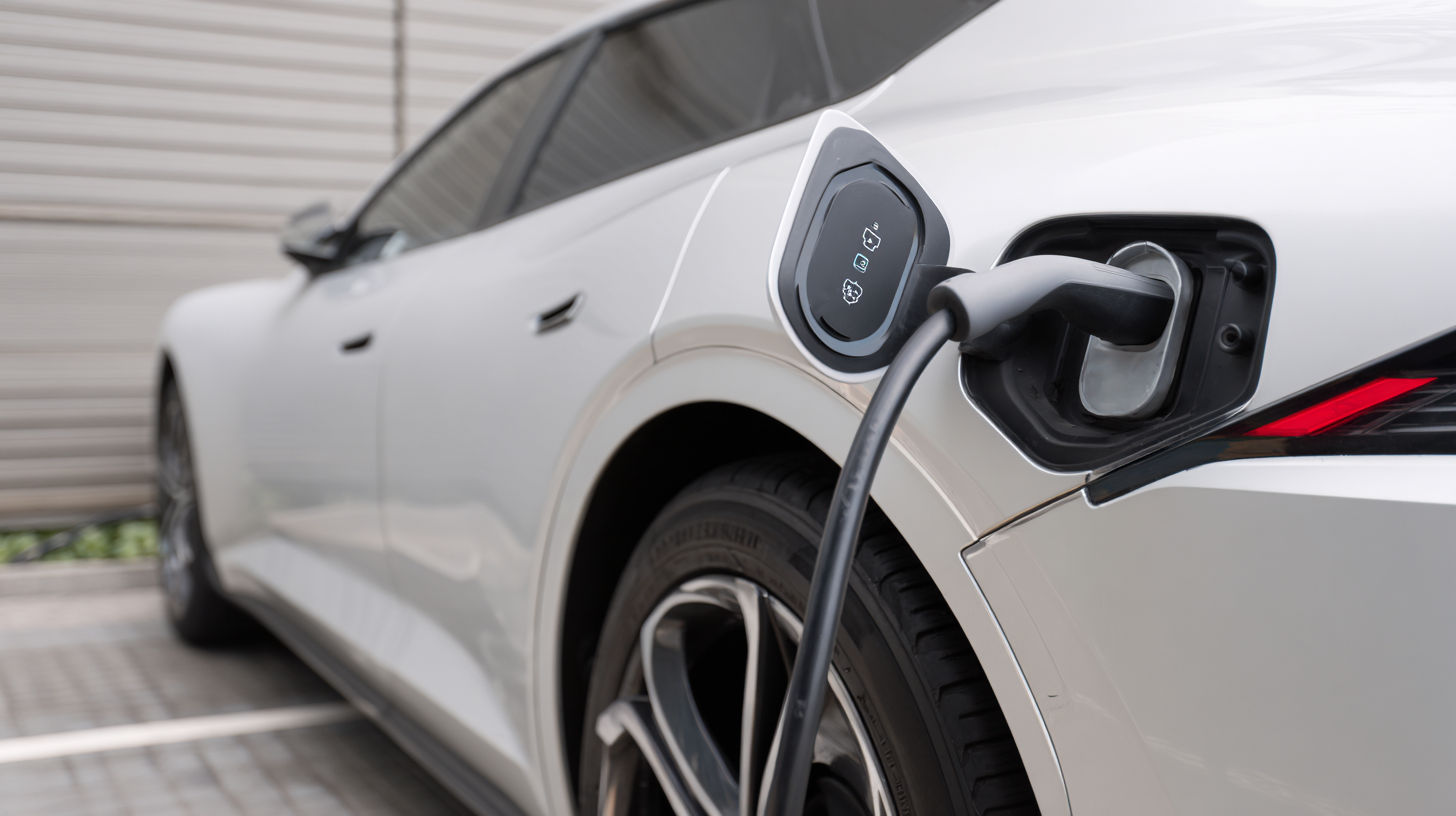
Wall Mounting EV Charge Station
Challenges Encountered with Ac V2l Cable in Electric Vehicle Charging
The evolution of electric vehicles (EVs) has transformed the automotive landscape, and with it comes the necessity for innovative charging solutions like the AC V2L (Vehicle-to-Load) cable. As reported by the International Energy Agency, the global electric car stock surpassed 10 million units in 2020, a figure that has only accelerated in 2021 and beyond. However, the adoption of AC V2L technology has not been without challenges. Issues such as compatibility with existing infrastructure, voltage limitations, and the efficiency of energy transfer remain significant hurdles. A study by McKinsey indicates that while V2L technology holds the potential to provide 15% of household energy needs, its practical implementation in the EV market requires overcoming these technical barriers. This blog will explore the complexities faced with AC V2L cables, delving into specific examples that illustrate the obstacles and solutions that could shape the future of EV charging.

Challenges with AC V2L Cable: An Overview of Industry Standards and Compliance
The AC V2L (Vehicle-to-Load) cable technology represents a significant advancement in electric vehicle charging, allowing EVs to provide power to external devices. However, it comes with a unique set of challenges that need to be addressed, particularly regarding industry standards and compliance. One major issue is the inconsistency in regulations across different regions, which can create confusion for manufacturers and consumers alike. Without uniform standards, the reliability and safety of AC V2L cables can vary widely, leading to potential risks in their application.
In addition to regulatory discrepancies, there are technical hurdles related to the specifications of the AC V2L cables themselves. Ensuring compatibility with a broad range of electric vehicles, along with maintaining efficiency during power transfer, are crucial factors that need careful consideration. Manufacturers must work closely with industry stakeholders to develop robust compliance protocols that guarantee safety and performance. Navigating these challenges will be essential for the successful adoption of AC V2L technology, ultimately defining the future of electric vehicle charging systems.
Challenges Encountered with AC V2L Cable in Electric Vehicle Charging
Assessing the Efficiency of AC V2L in V2G Applications: Key Performance Metrics
The integration of AC Vehicle-to-Load (V2L) technology in electric vehicle charging systems has gained significant attention, particularly in Vehicle-to-Grid (V2G) applications. Assessing the efficiency of AC V2L can reveal the performance metrics essential for optimizing energy flow between electric vehicles and the power grid. According to a report by the International Energy Agency (IEA), the implementation of V2G systems could lead to a potential increase in grid efficiency by up to 40%, driven by enhanced load management capabilities.
One of the critical performance metrics for assessing AC V2L in V2G applications is the charging and discharging efficiency. Research indicates that the average charging efficiency of AC V2L systems hovers around 88% under optimal conditions, though it can drop to as low as 70% in less than ideal scenarios. Furthermore, newer models of electric vehicles are expanding their output capabilities, allowing for power deliveries of up to 3.6 kW. This improvement not only supports household appliances but also contributes to grid stability, especially during peak demand times.
However, challenges remain, particularly with the interoperability of different EV models and the smart grid infrastructure. The ability to seamlessly connect various EVs to the grid could lead to more efficient energy use and greater reliance on renewable sources, as reported by the Smart Electric Power Alliance (SEPA), which highlights the need for standardized protocols to facilitate widespread V2G adoption. Addressing these hurdles is crucial for realizing the full potential of AC V2L in transforming our power systems.

Identifying Compatibility Issues with Existing EV Models: A Technical Review
As electric vehicle (EV) technology evolves, the introduction of AC V2L (Vehicle-to-Load) cables presents both innovations and challenges. This unique charging method allows EVs not only to draw power but also to supply it back to external devices. However, compatibility issues have emerged as a significant barrier for users across various existing EV models. Many manufacturers have differing standards and specifications, creating confusion for consumers who expect seamless integration.
A thorough technical review reveals that the primary compatibility concerns stem from variations in charging protocols and voltage compatibility among different brands. Some EV models may not support the AC V2L function, limiting their ability to utilize this feature efficiently. Additionally, the power output capabilities differ, impacting how devices can be powered and the overall efficiency of charging sessions. This highlights the urgent need for industry standardization to streamline the adoption of AC V2L technology, ultimately facilitating a smoother user experience and promoting widespread acceptance among EV owners.
Evaluating Infrastructure Readiness for Widespread AC V2L Adoption: Insights and Data
As the electric vehicle (EV) market continues to evolve, the implementation of AC Vehicle-to-Load (V2L) technology presents both opportunities and challenges. A primary consideration in the widespread adoption of AC V2L is the readiness of existing infrastructure. Many regions still rely on outdated electrical grids that struggle to handle increased load demands. Evaluating the capacity of these systems to support V2L technology is essential. Without adequate upgrades, the introduction of this technology could lead to potential overloads, interruptions in service, or even damage to electrical systems.
Data from recent assessments indicates that while many urban areas boast robust infrastructure, rural regions remain vulnerable due to limited resources and aging equipment. The variability in infrastructure readiness necessitates a tailored approach in different locales to ensure that the benefits of AC V2L can be realized equitably. Collaboration between governments, utility companies, and manufacturers is key to identifying weaknesses in the current systems and implementing strategic improvements. These insights can guide investments and encourage public acceptance of V2L technology as a reliable source for powering homes and appliances, thus enhancing the overall effectiveness of electric vehicle adoption.
Challenges Encountered with AC V2L Cable in Electric Vehicle Charging
| Challenge | Impact on Adoption | Infrastructure Readiness Level | Proposed Solutions |
|---|---|---|---|
| Limited AC V2L compatibility | Reduced consumer interest | Low | Increase compatibility across models |
| Insufficient charging stations | Inconvenience for users | Medium | Expand infrastructure investment |
| Safety concerns during use | Consumer hesitance | Medium | Enhance user guidelines and safety features |
| High initial costs | Barrier to entry for consumers | High | Implement subsidies and financing options |
| Lack of understanding among consumers | Underutilization of technology | Low | Increase awareness through educational programs |
Common Technical Failures in AC V2L Cables: A Preventative Maintenance Checklist
When using AC V2L (Vehicle-to-Load) charging cables for electric vehicles, several common technical failures can arise, jeopardizing effective power transfer. One issue often encountered is connector wear and tear. Over time, frequent plugging and unplugging can lead to degradation of contact points, resulting in inconsistent charging performance. Regular visual inspections of cable connectors can identify signs of wear, and replacing damaged connectors promptly can prevent possible downtime.

Another common failure relates to insulation damage. AC V2L cables are exposed to various environmental factors, which can compromise their insulation integrity. Factors such as extreme temperatures, moisture, and mechanical stress can lead to shorts or voltage drops. It is essential to perform routine checks on the cable insulation, looking for cracks or abrasions, and addressing these issues quickly can greatly enhance cable longevity. By following a preventative maintenance checklist that includes cleaning connectors, inspecting insulation, and monitoring for signs of wear, EV owners can significantly mitigate these risks and ensure reliable performance from their charging systems.

